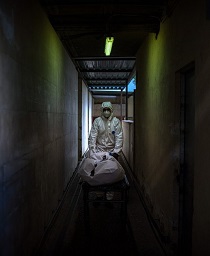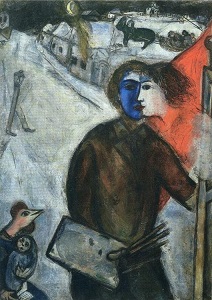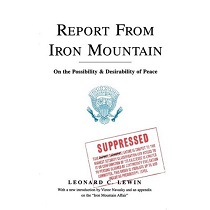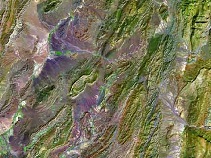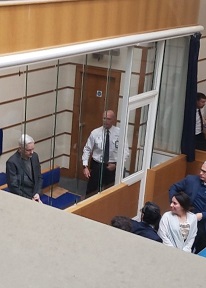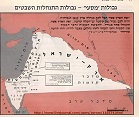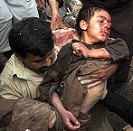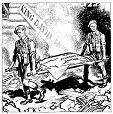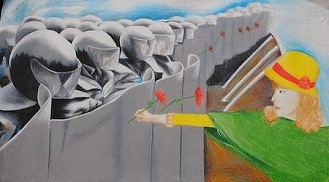Varieties of Violence
Terrorists, serial killers, domestic murderers — their ghoulish deeds fill our news and popular entertainment, interspersed with wars, riots, and brutal repressions. Violence surrounds us.
Where does it come from?
The answer propagated by the mass media is that violence is human nature. It's just the way people are.
This view ignores anthropological evidence about societies that have lived in relative peace, and it also contradicts our knowledge of ourselves as human beings. In certain situations we may feel violent impulses, but we can control them; we know they are only a small part of our make-up.
The Norwegian peace researcher Johan Galtung denies that human nature condemns us to violence; instead he gives another explanation of its etiology based on three interacting forces: structural, cultural, and direct.
Structural violence is injustice and exploitation built into a social system that generates wealth for the few and poverty for the many, stunting everyone's ability to develop their full humanity. By privileging some classes, ethnicities, genders, and nationalities over others, it institutionalizes unequal opportunities for education, resources, and respect. Structural violence forms the very basis of capitalism, patriarchy, and any dominator system.
Cultural violence is the prevailing attitudes and beliefs that justify and legitimize the structural violence, making it seem natural. Feelings of superiority/inferiority based on class, race, sex, religion, and nationality are inculcated in us as children and shape our assumptions about us and the world. They convince us this is the way things are and they have to be.
Direct violence — war, murder, rape, assault, verbal attacks — is the kind we physically perceive, but it manifests out of conditions created by the first two invisible forms and can't be eliminated without eliminating them. Direct violence has its roots in cultural and structural violence; then it feeds back and strengthens them. All three forms interact as a triad. Cultural and structural violence cause direct violence. Direct violence reinforces structural and cultural violence. We are trapped in a vicious cycle that is now threatening to destroy life on earth.
Our society with its fixation on the physical focuses on direct violence and ignores the structural and cultural. Our leaders know that making changes on those levels would threaten their whole system. But as radicals we focus on the structural and cultural because we know that change has to begin at the roots.
Our best chance to break this cycle is through socialism. Economic democracy and social equality will reduce the structural and cultural violence, which will reduce the direct violence. By approaching it from these fundamental levels, socialism can wind down the syndrome of violence. This may not create utopia, but it will create a society vastly better than the one we now suffer under. We really can have peace, but not under capitalism.
___________________________________________________________________________________
William T. Hathaway is an adjunct professor of American studies at the University of Oldenburg in Germany. His latest book, Radical Peace: People Refusing War, which presents the experiences of war resisters, deserters, and peace activists in the USA, Europe, Iraq, and Afghanistan. Recently released by Trine Day, it's a journey along diverse paths of nonviolence, the true stories of people working for peace in unconventional ways. Chapters from it are posted on Another World Is Possible and on a page of the publisher's website at Trine Day. William T. Hathaway's other books include A World Of Hurt (Rinehart Foundation Award), CD-Ring, and Summer Snow, the story of an American warrior in Central Asia who falls in love with a Sufi Muslim and learns from her an alternative to the military mentality. He is a member of the Freedom Socialist Party, a red feminist organization, socialism.com. A selection of his writing is available at peacewriter.org.
___________________________________________________________________________________
Image: © Cristina_Serban / globalexchange.org
URL: http://www.a-w-i-p.com/index.php/2013/10/16/varieties-of-violence

